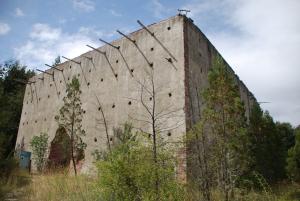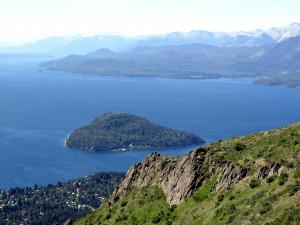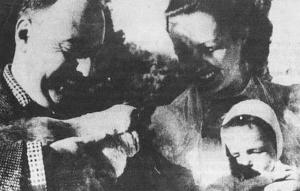"Proyecto Huemul:" the prank that started it all
In the spring of 1951, less than one decade after Enrico Fermi initiated the first self-sustained fission reaction in a stack of uranium and graphite blocks, newspapers from all over the world carried sensational news: in Argentina, thanks to a "new method" described by The New York Times as "linked to the Sun," scientists had just discovered a new way to make atom yield power.
For the scientific world this discovery had a name: "controlled thermonuclear fusion."
Millions of pesos were poured into the secret Proyecto Huemul (in today's euros, close to 250 million); a 40-foot high concrete bunker was built to shelter the "reactor" and in a matter of years, Richter and his small crew had their operation running. On 16 February 1951 they reported a "net positive result" for the first time: hydrogen, fed into an electric arc, had reached a temperature sufficient to produce fusion reactions, duly measured by way of a... Geiger counter.
The dust of history has long since settled on Proyecto Huemul, but the question remains as to whether Richter was a half-mad scientist or a genuine pioneer in fusion research. Quite unexpectedly, in 2003, the question found its way into the science magazine Physics Today.
Responding to the article's affirmation that Richter was a "physicist/impostor," Winterberg argued in the "Letters to the Editor" section of the magazine that "Richter's work was not far off from what was done in the US [at the time] and [that] some of his ideas, like ion acoustic plasma heating, were new."
Roederer admitted in return that it was "difficult to determine whether Richter was a clever impostor or a scientific nut." His letter concluded with a quote from Edward Teller—a towering figure in nuclear physics if there ever was one—who had once said: "Reading one line [of Richter's] one has to think he's a genius. Reading the next line, one realizes he's crazy."




